(This is part of our continuing series, Lost Kinjo. It is funded by the California Civil Liberties Project of the California State Library & the Takahashi Family Foundation.) You can find our past stories for this series here.
By Avi Gokool
Once filled with cleaners, pool halls, and Japanese bath houses, any trace of Oxnard’s former Japantown in Southern California has mostly vanished. Japanese signs and chatter have been replaced with Hispanic restaurants, colorful bargain signs, and small insurance stores. Since WWII, Oxnard’s Japanese American population has been nearly halved and its history endangered, but still the former community that inhabited Oxnard Blvd. has persevered since the wartime.
Snugged between a scenic shoreline and over 12,000 acres of agricultural land, farming played a huge role in Oxnard’s development back in the late 1800s. A large influx of Japanese and Mexican migrants flocked to Oxnard in 1897 to work for the American Beet Sugar Factory. The two ethnic groups eventually banded together and formed the Japanese-Mexican Labor Association (JMLA), one of America’s first multiracial labor unions, to successfully combat poor working conditions, low wages, and exploitation by the contractors. As a result of the Oxnard Strike of 1903, the Western Agricultural Contracting Company, an owner-interest oriented contracting company, was disbanded and the immediate unrest was temporarily quelled.
During this time, Japanese Americans built a small community between 4th and 8th Streets, mostly concentrated on Saviers Road (now Oxnard Blvd.). The additions of churches, language schools and residences in the 1920s solidified and fully established the Japanese American Oxnard community. It became a central hub for local Japanese households to congregate, mingle, and hangout. With many of them being farmers, many businesses like grocers, fish stores, and fruit markets slowly popped up.
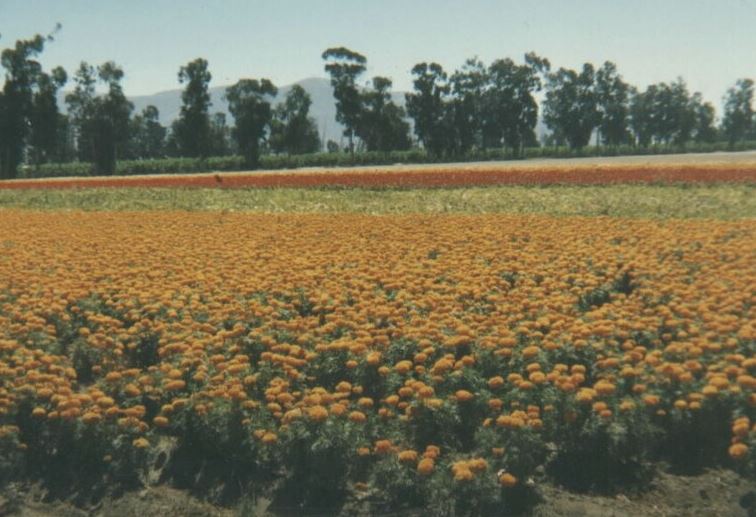
Forming such strong communities, cooperatives, and always banding together, Japanese Americans have portrayed their resilience throughout the incarceration camps and government laws aimed to deter their success. Though in small numbers now, there are a few remaining farmers and flower growers that have been around since WWII. Once more, these farming families and flower growers have been a part of an important organization that allowed agricultural workers from different cities to meet in one designated location, the SoCal Flower Market.
Whether it’s their beautifully arranged selection of high quality, vibrant flowers that breathes life into any room, or the way their fresh flowers delivered every morning from Oxnard tickle the inside of your nostrils with a delicate aroma, it’s proof that the West Flower Growers have been in the flower business for generations. Stall 13 in the SoCal Flower Market has a special allure in the diversity of their flowers. Lined with chrysanthemums, solidasters, snapdragons and a variety of other flowers, walking through the West Flower Growers’s stall feels like taking a brisk stroll into a small fantastical garden filled with popping colors
Participating in the market for over 60 years, the West Flower Growers has an incredible amount of experience in flower growing, alongside a good reputation. Such deep-rooted history in the market allowed them to perfect their growing process, connect with customers and become one of the longer lasting flower retailers.
Like West Flower Growers, Endow Nursery is a small family run flower nursery operating in Carpinteria, nearly an hour and a half away from the market in DTLA. It is managed by the third and fourth generations of the Endow family. Participating in the SoCal Flower Market since 1925, 13 years after the market first began, Endow Nursery is one of the few remaining longtime Japanese florists.
Originating from an informal market for LA florists to trade and sell flowers in the 1910s, the SoCal Flower Market grew to become one of LA’s most prominent weekend activities as florists across LA and neighboring counties gather to sell their specialty flowers and potted plants. Now a beautiful melting pot full of business owners from different backgrounds, techniques, and specialties, the flower market used to primarily be run exclusively by Japanese American farmers and florists.
Since their migration from Japan in the late 1800s, many Japanese Issei (first generation) turned to agriculture for two common reasons: many came from farming towns like Hiroshima, Kumamoto, and Yamaguchi and established flower farms south of San Francisco. Meanwhile, others were forced to pursue agriculture after facing discrimination in their preferred career paths like engineering and teaching. Many of these farmers and florists relocated to Southern California and bolstered LA’s flower industry after the 1906 San Francisco earthquake.
With a total of 54 Issei flower growers, the Southern California Flower Market officially began in 1912 as a trade organization for Japanese cut flower growers and sellers in the greater Los Angeles area. Two years later, vendors gathered at 421 Wall Street, where businesses officially incorporated both a cooperative professional organization and a place to sell flowers. Until 1922, when the SoCal Flower Market expanded and moved to its present location and eventually establishing the Southern California Floral Association in 1933, the SoCal Flower Market was an informal and small district mainly for other growers to sell and trade products.
The SoCal Flower Market prospered since its opening. Even having to compete with a European American flower market, now known as the American Florists’ Exchange, Japanese immigrants outnumbered European ones and their growing techniques attracted nationwide customers. The Japanese Issei success created tension within the agricultural industry. In an attempt to deter their success, two Alien Land Laws were passed in 1913 and 1920 which essentially tried to discourage farmer immigration and prohibited Issei from leasing land for agriculture.
Though, Japanese Issei persevered and found workarounds like purchasing and leasing land under their American-named children, nurseries switched to growing annuals, instead of perennials (flowers that regrow yearly), and — regardless of being entirely Issei — leased land under their incorporated business, the Southern California Flower Market.
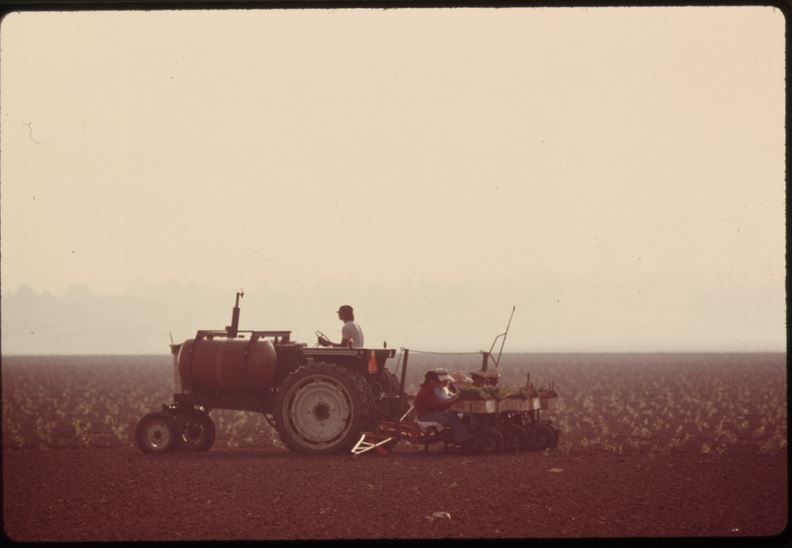
According to Naomi Hirahara, an American writer and journalist who has written and researched extensively on the history of the Flower Market and Japanese American experiences, Issei business owners “gave the power of the market to the American-born, the Nisei,” and transferred ownership of the property to their children who had American names. Though, it couldn’t prevent their inevitable demise.
President Franklin Roosevelt enacted Executive Order 9066 in 1942, forcing Western Japanese Americans into incarceration camps in California, Arizona, Idaho, Wyoming, Colorado, and Arkansas. Of course, this also meant Issei and Nisei were forced out of their homes, businesses, and daily lives. Some were separated from their families. In the case of flower growers and farmers, most were sent to the prison known as Manzanar.
Thrown into uninsulated barracks there were no private rooms, barracks were furnished only with cots and coal-burning stoves, people had to use communal bathrooms and laundry rooms with limited hot water, and they were surrounded by barbed wire fences stationed with armed guards.
Families inside the camps established a sense of community and passed the time through various sports like baseball and basketball or set up makeshift schools, churches, newspapers, and even gardens. “Leaders of the flower market would occasionally have meetings, they even grew flowers in the camp, they even made arrangements with European American nurseries to send trees to Manzanar to make it more hospitable,” Hirahara said.
During the internment period the European American’s LA Flower Market prevented empty shops from withering away. They maintained stores and nurtured leftover plants. Though a rival market, they tried to keep stores intact for Japanese American florists to return.
Families had varying experiences returning to the SoCal Flower Market. Some businesses seamlessly continued with their shops, while others had to close down due to loss of customers, land, housing, or were forced to sell their stores at a cut rate for immediate cash. Over time, stores filled with business owners of varying ethnicities and backgrounds, birthing the culturally rich flower market seen today. The same is true for many of the cities in SoCal.
With the loss of businesses, homes, and facing a newfound discrimination after the end of WWII, families disbursed to different areas of the US and some even returned to Japan. New York and especially Chicago were popular destinations for most former internees as these cities had both job opportunities and less discrimination against Japanese Americans. Chicago — being the most popular relocation destination with over 6,000 former internees migrating— had the most diverse career selection outside of the typical agricultural work including opportunities from defense-related industries, service sectors, and manufacturing jobs. Some even saw success in startups and small businesses.
Meanwhile, younger Nisei were attracted to New York’s job opportunities as they ended up as salesclerks, service workers and skilled laborers. Others attended New York universities like Columbia or New York University and ended up opening their own businesses. The new migrants were also immediately welcomed and absorbed into the preexisting New York Japanese American community with pre-established churches, Japanese restaurants and grocery stores, and Japanese language courses. Plus, with a majority of the original Japanese Americans in New York being young, transient, and educated, Nisei internees saw a smooth transition into the new community.
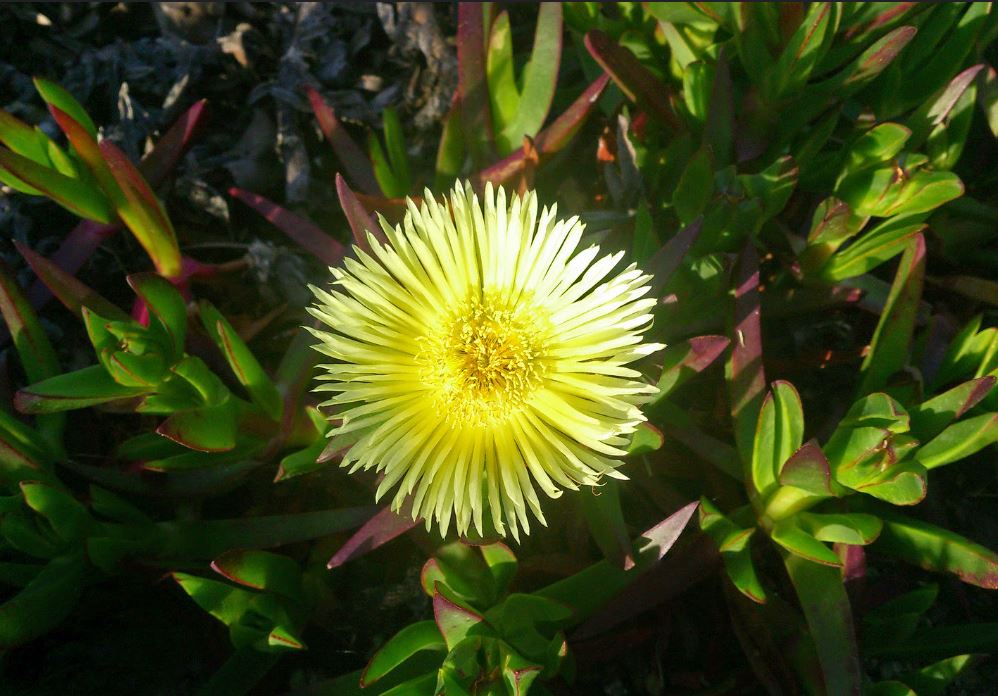
The remaining farmers and florists who stayed in the LA area moved to neighboring counties like San Bernardino, Orange County, San Diego, Santa Barbara, and Ventura. Long standing SoCal Market shops like Endow Nursery, Yamaoka Flowers, and West Flower Growers are present examples of people who have resettled in Santa Barbara and Ventura County. These areas were far enough from the LA discrimination but close enough to access the city to deliver flowers and agricultural goods. Although, those who returned to these cities saw a complete change in their neighborhood.
Even with new migrations, some families were unable to get their houses or land back. In Oxnard, barbershops, grocers, bathhouses, and shopping centers that thrived with Japanese Americans were replaced with fish stores, fruit markets, and retail shops run by different ethnic groups. Buddhist churches were turned into hostels to house families without homes. Ventura County saw a decline of the Japanese American population in 1950, as there were only half as many Japanese Americans living in the area than in 1940. Still, with money, connections, or enough luck, Japanese Americans returned to their former cities. Tsugio Hiji and his brothers, Frank and Robert, were some of the luckier people.
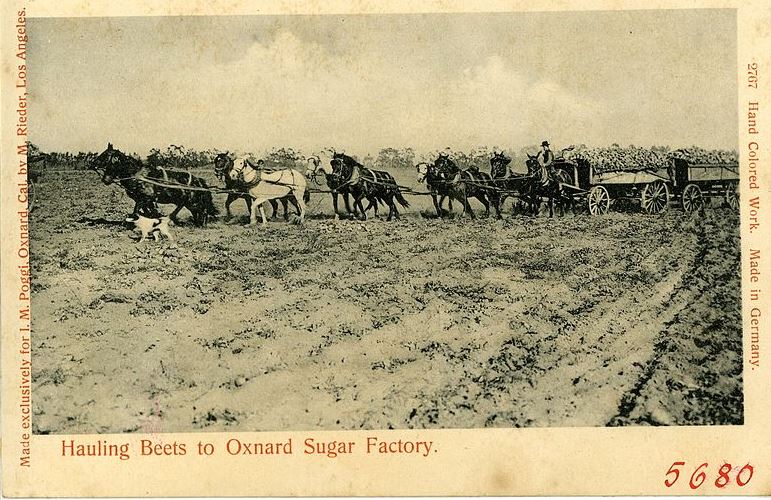
After fulfilling a sugar beet farming contract for the government, in Longmont, Colorado and returning to LA in 1947. Tsugio Hiji attended UCLA in pursuit of becoming a dentist but was called back home to help with the family farm. He and his family relocated to Oxnard and Hiji Brothers was officially established.
For over 50 years the Hiji Brothers grew an array of different vegetables like celery, cabbage, and lettuce and eventually partnered with famous farming brands like Cal-Cel Marketing, Inc., Seaview Growers, Inc. and Cal-Coast Machinery, Inc. They also obtained a John Deere tractor dealership. While finding professional success, they were also active within the local Japanese community, fostering a strong bond, providing scholarships to deserving students, and donating money to the Oxnard Buddhist Temple. Having a strong presence in the local community and a long history in the agricultural industry, the Hiji Bros quickly became a cherished local family farm in Oxnard. The farm was eventually passed onto the next generation but due to California’s difficult regulatory climate, it was shut down in 2016.
With the closure of such a historically rich business that’s been ingrained within the community comes the loss of a place where generations of family friends and community members shared memories. It comes with the loss of a piece of history. However, their graciousness, memories, and experiences continue to live within the modern community through former employees and family members.
With the help of community centers like Ventura County Japanese American Citizens League and the San Fernando Valley Japanese American Community Center, crucial anecdotal stories, research, and histories are preserved and taught to the public while also providing a space for people in local neighborhoods. Holding weekly events, annual luncheons, and summer festivals help protect Japanese American traditions and culture while honoring people who are in and have been a part of the community. Even historic sites like the Oxnard Buddhist Church are still active, holding religious, social, and cultural events. Deeply rooted farms and nursery shops that have been around the SoCal Flower Market’s establishment like West Flower Growers are still widely present in Oxnard as well.
Although Oxnard’s Japantown may have diminished and prior businesses were succeeded by newer ones after WWII, the Japanese American community is still strong within Oxnard as descendants from prior farmers, florists, and survivors of the camps continue to flourish while local community centers and historic sites offer an area to gather for regular social meetups. As more people learn about Japanese American history and community centers receive more support, perhaps the potential for the revitalization of these towns can still blossom.
AsAmNews is published by the non-profit, Asian American Media Inc.
We are supported through donations and such charitable organizations as the Robert Wood Johnson Foundation. All donations are tax deductible and can be made here.
Please follow us on Instagram, TikTok, Facebook, YouTube and X.

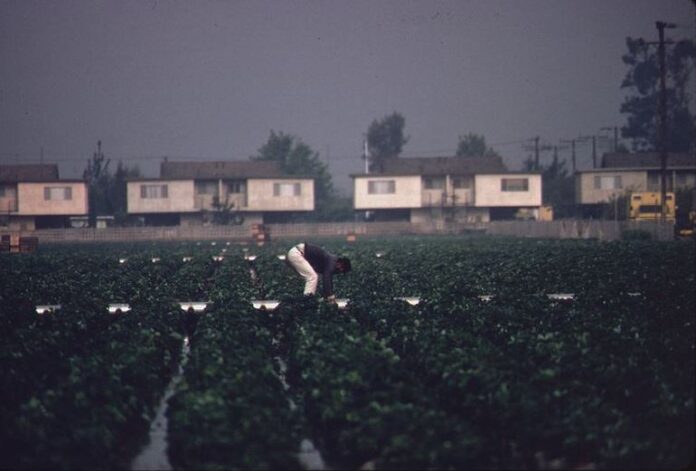
I absolutely loved your story about Japanese Culture. I had no idea.. Thanks for all the useful information.
This article beautifully honors the legacy of the Kinjo family and their significant contributions to Southern California’s flower market. The history of their flower-growing business reflects not only a deep cultural tradition but also the challenges and triumphs that come with maintaining a family-owned enterprise across generations. It’s moving to read about their dedication to quality and the sense of community they built through their work. The piece also shines a light on the broader impact of Asian-American farmers in the region, offering a rich perspective on the intersection of culture, commerce, and community. This is a poignant reminder of the often-overlooked stories behind the agricultural industry and the enduring value of family traditions.